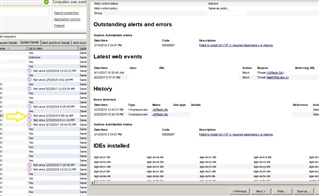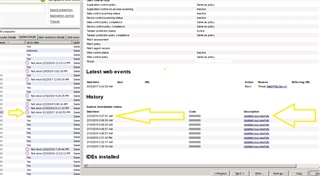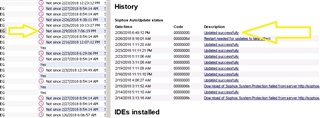We have a Server/Client environment with Sophos Endpoint Security and Control installed. Most PC's are running a limited "user" account in a domain and almost everything seems to be working fine...but randomly, some clients won't update at all.
Trying to force an update from the Sophos Enterprise Console on the server doesn't do anything. Also, manually right clicking and hitting "Update Now" won't fix the issue when logged in via a user account, but if I log in as an administrator, it WILL update the PC.
Is there a fix for this? Do I have to remotely launch "C:\Program Files (x86)\Sophos\AutoUpdate\SophosUpdate.exe" as an administrator, or is there an easier way?
This thread was automatically locked due to age.





